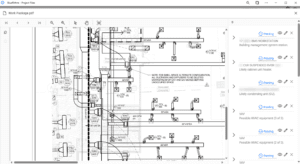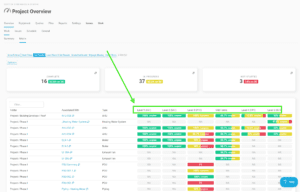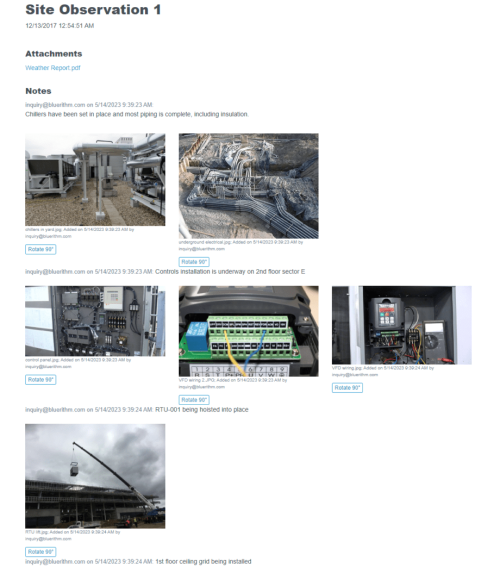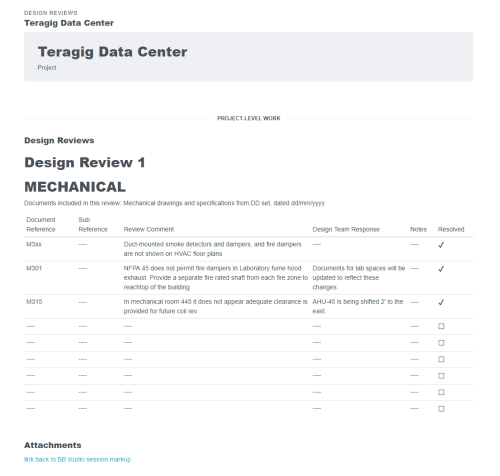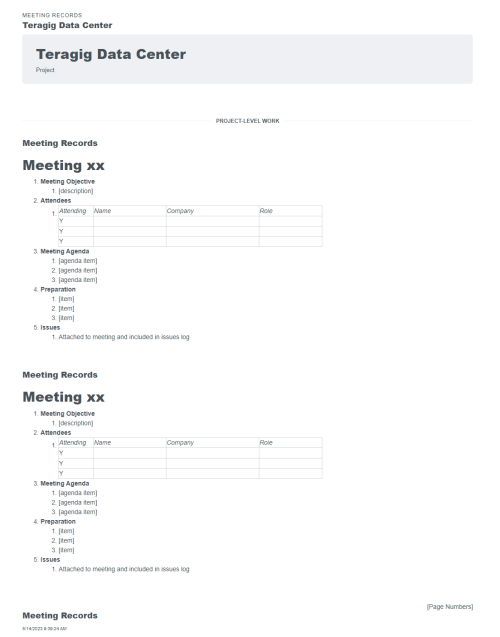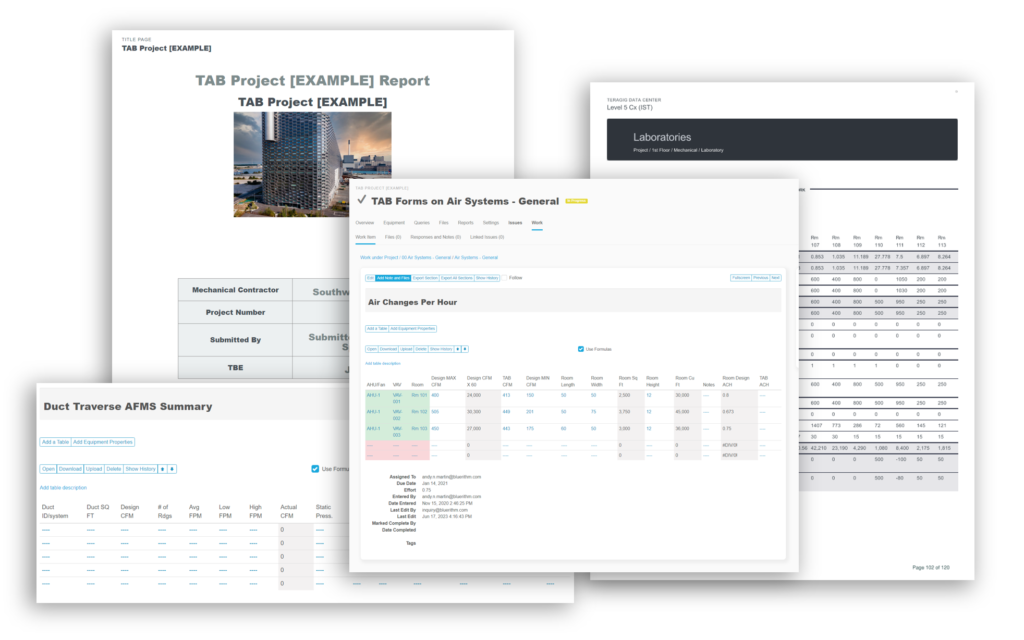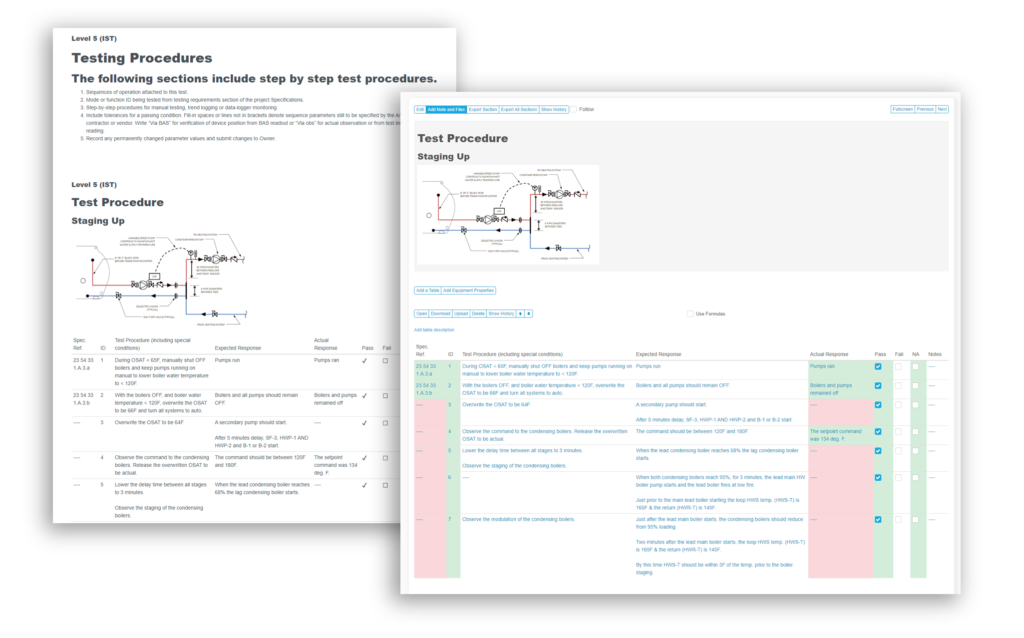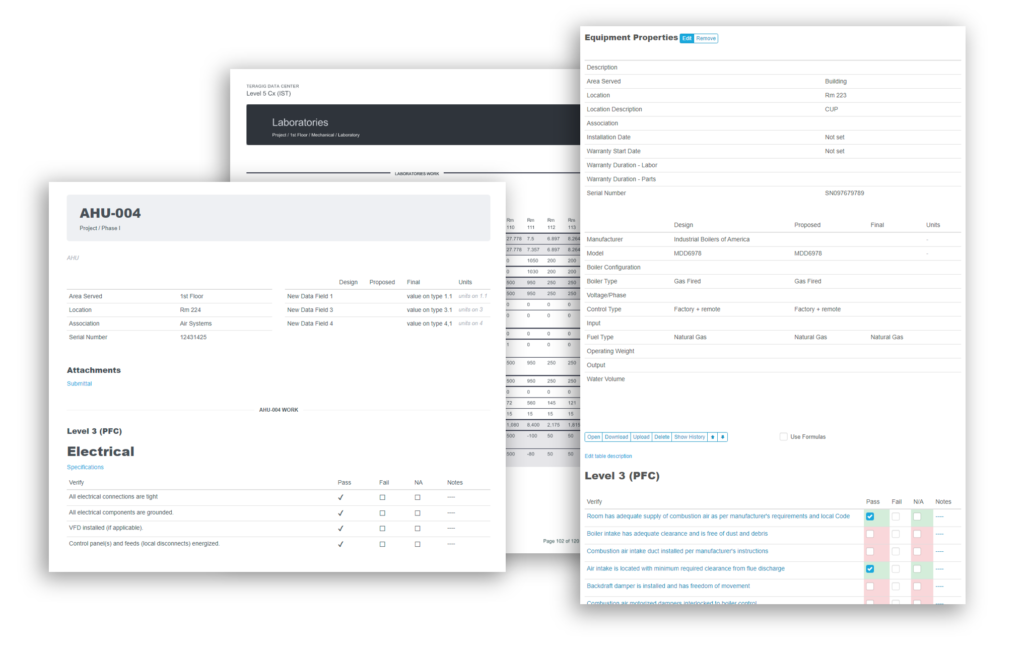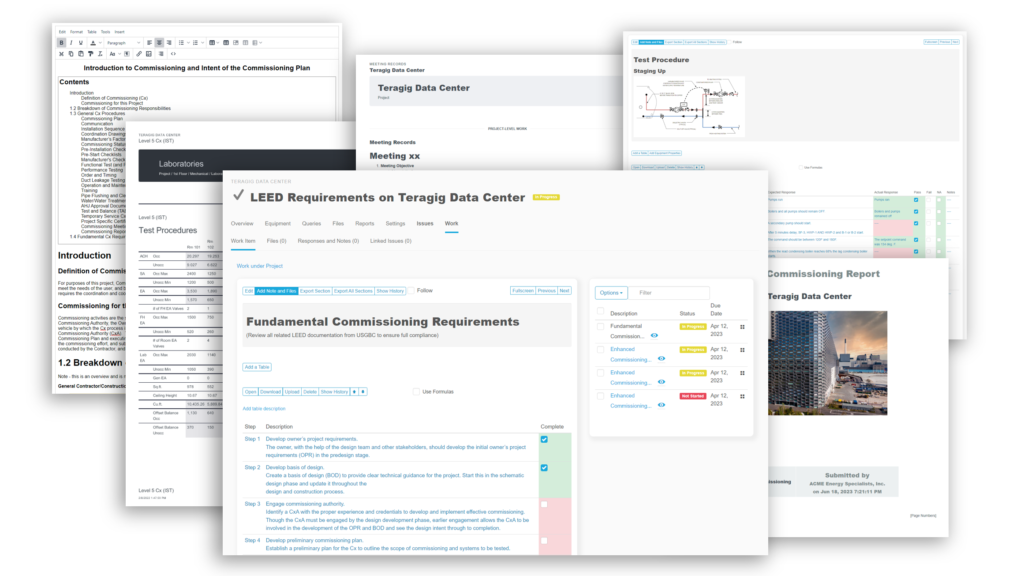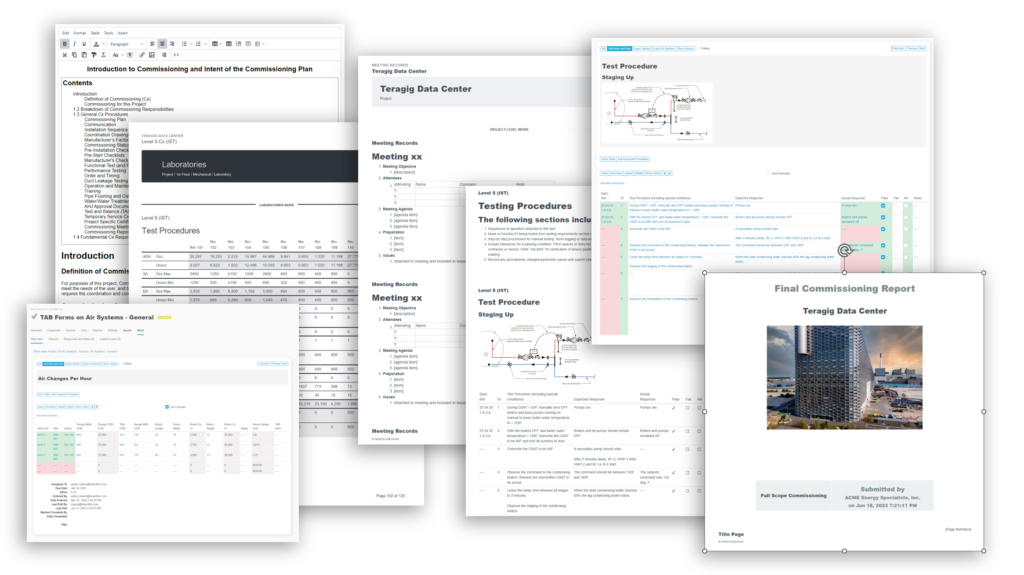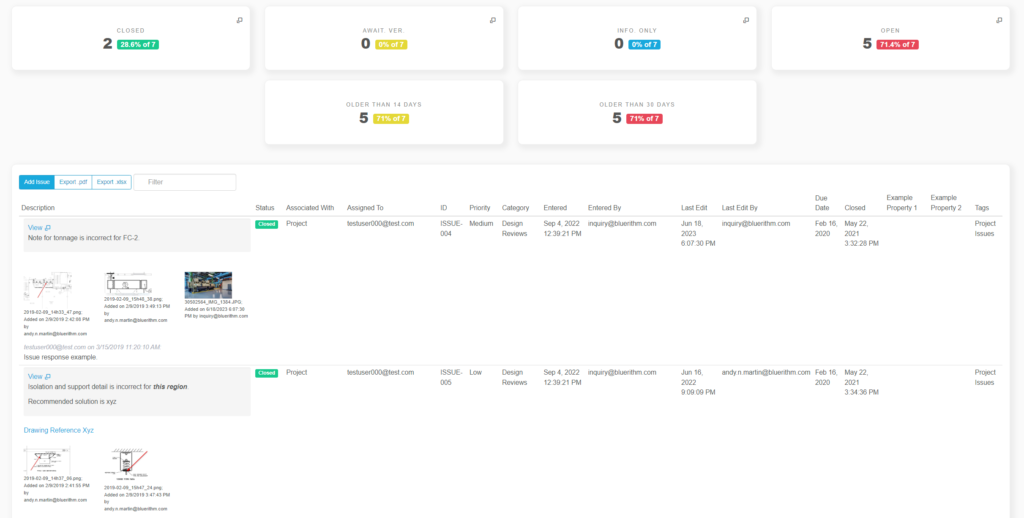A successful building commissioning program spans entire conception, design, and construction phases of a project. Some of the critical activity happens in early stages before major systems design has even begun.
But a lot of work in the commissioning scope occurs in the construction phase, near the end of the project in the form of systems testing. Nearly all modern construction projects have schedules that are aggressive from the beginning (usually for legitimate reasons). However, I have never been involved with a project that has executed precisely to schedule, and was without the need for lots of adjustment along the way.
It’s important that planning of all commissioning activities are given consideration related to their relationships to the rest of the activities of the project. It’s these interconnected relationships that should be given careful thought early in planning stages, when the construction manager and owner are developing the schedule, high level systems designs are being drawn up, all alongside the Owner’s Project Requirements as part of the commissioning plan.
A Simple Example
In order to start up, test, and commission air handling units and terminal units in a new building, the central heating and cooling systems must already be finished, started, have at least had preliminary commissioning performed. Piping and electrical infrastructure must be in place to the equipment.
In order for these activities to occur in an efficient sequential manner, the construction manager will have to work backwards and understand how to build the central heating and cooling room(s) early enough in the project to allow testing of the equipment within an acceptable window of time, and at a duration that will allow thorough commissioning.
Your Obligation as a Commissioning Provider
No one knows more about what’s required for successful building systems commissioning than you. Is it right to let the construction manager take the commissioning process along for a ride, when they might not fully comprehend the nuances and dependencies on other activities under their control?
Construction phase commissioning work is subject to the compounding effect of schedule slippage beginning on the very first day of construction. If the site surveying started late, every activity after that will be impacted. If (when) hundreds of other activities start late after that, the impact to the schedule is the SUM of all of those delays (or likely more). This is really just common sense, but we often kick these realities down the road early in a project because
- it takes work to calculate the impact,
- we might not even have the data or understand how to use it to determine the impact,
- it’s easier to pretend nothing is wrong in the early stages,
- and we’re all somewhat averse to having difficult conversations about what these delays might really mean.
A good construction manager will solicit detailed input for the schedule from every party involved in a project, not least the commissioning provider. Sometimes this doesn’t happen, and you are obligated to bring the risks to the surface. Letting an uninformed party take control of scheduling the commissioning activities (or worse, simply NOT scheduling them) could put your firm, your client, and the project at risk.
In either case, in order to provide this feedback requires an understanding of how the project is being built, predecessor logic of the activities leading up to construction phase commissioning activities, and the detailed activities of the commissioning program. Without this knowledge, you won’t know there’s a problem until it’s too late.
Are we making too big of a deal out of this? Here are some considerations:
- Your clients are looking to you to represent their interests. A couple of their primary interests are that they’re getting what they need from their facility, based on what was designed, and that they’re getting these things within the time frame they expected (schedule overruns can sometimes have enormous cost implications for owners of certain types of facilities). An overt schedule overrun is obvious, but what’s not as obvious is the impact on quality and thoroughness when work is compressed. The impact on the effectiveness and quality of commissioning activities is no different.
- In order for your business to survive and grow, you need to manage your work and resources efficiently. By letting everyone but you dictate your fate from project to project, you’re putting the fate of your business in the hands of others. You have an obligation to your firm, your colleagues, and your family to do as much as possible to succeed. If you can do this in an informed, proactive, respectful way, that’s a major win for all parties involved.
What can we do to proactively “manage up”, and to provide insight and input that’s valuable for everyone – the construction team, our clients, and our firms as part of delivering successful outcomes?
First, understand the key milestones that drive the commissioning activities. Some obvious examples are ‘Permanent Electrical Power Established’ , ‘Water Balancing Complete’, ‘Permanent Doors and Seals Installed’, ‘Pre-Functional’ and ‘Construction Checklists Complete’. In reality, these milestones can become complex and nuanced, but that’s the idea. You start at the big, obvious milestones at the end, then work backwards.
Second, develop an easy and transparent way to track these milestones. This could range from something as simple as an Excel spreadsheet, or as complex as a full scheduling tool like Microsoft Project. However, a tool like this will ideally be online (cloud-based), accessible to all with real-time data, and will be easy to maintain, and ideally, automatically updated as an inherent part of the broader process.
As an example of an effective and easy to use tool, the scheduling feature in BlueRithm automatically tracks all of the commissioning activities and established milestones in real time as they’re being completed. You can read more about how this works with BlueRithm in this article.
In Summary
Detailed and thorough commissioning processes take time to do right. The commissioning schedule cannot be compressed as easily as other construction activities, and for better or worse, the onus is on us as providers to proactively provide input about commissioning activities.
When the planning for commissioning is done early in a project and as integrated activities that are required for substantial completion, a reasonable amount of time can be dedicated to commissioning, ensuring it is truly a value-adding service for the life of the building.
Original content from BlueRithm.


